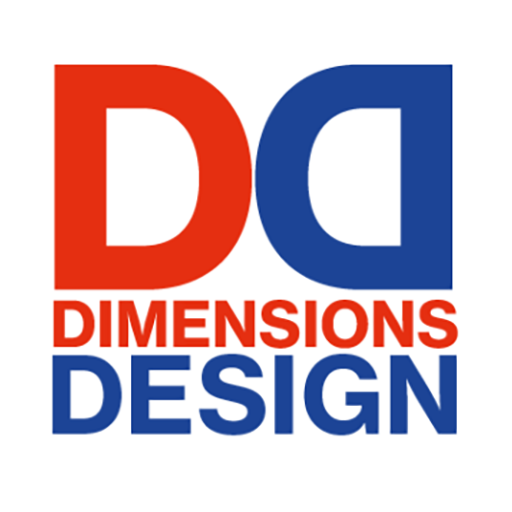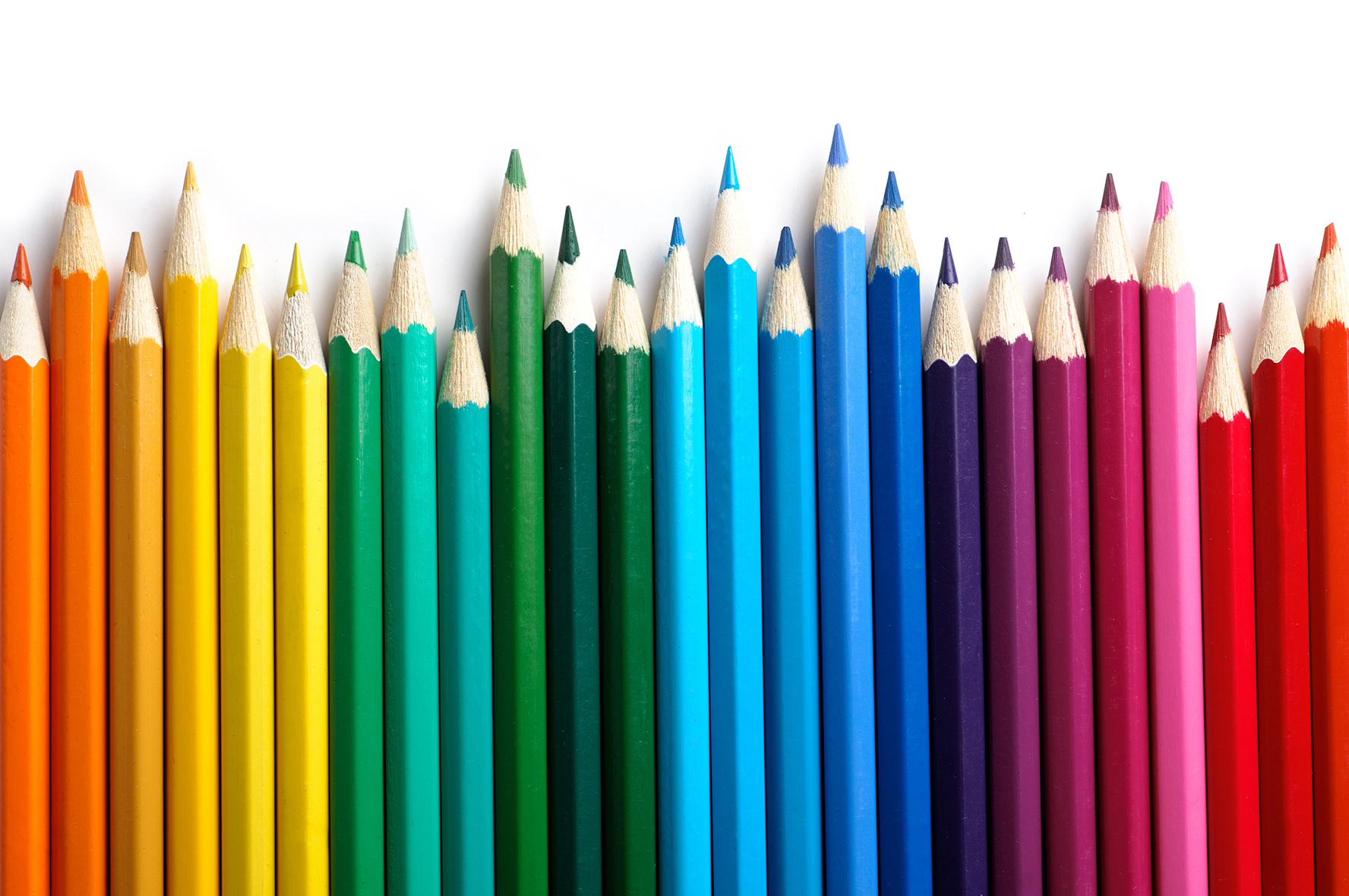Emotions in creative design
Emotions play a crucial role in creative design. Whether you’re designing a website, a product, or a marketing campaign, you need to consider how your target audience will feel when they interact with your design. Emotions have the power to influence the way people perceive and engage with your designs, so understanding and leveraging them is key to creating successful designs.
One of the primary goals of design is to evoke emotions in your audience. Whether it’s a sense of excitement, joy, or curiosity, the emotions you evoke will help guide the user’s experience and lead them towards the desired action. For example, a website designed to sell a product may use bright colors and engaging images to evoke excitement and anticipation in the user, encouraging them to make a purchase.
Evoke emotions
In order to effectively evoke emotions, designers must have a deep understanding of their target audience. What are their pain points? What motivates them? What are their interests? By answering these questions, designers can create designs that truly resonate with their audience, and evoke the emotions that will lead to successful outcomes.
Another important aspect of emotions in design is the concept of emotional design. Emotional design is the idea that the emotional appeal of a product or design can be just as important as its functionality. This means that designers need to consider not only the practical aspects of their designs but also how they make people feel. A product that is easy to use but doesn’t evoke any emotions is unlikely to be as successful as a product that is slightly more difficult to use but that creates a strong emotional connection with its users.
Considering emotions in your designs
Emotions play a crucial role in creative design. Understanding and leveraging emotions is essential for creating successful designs that resonate with your target audience. Whether you’re designing a website, a product, or a marketing campaign, the emotions you evoke will guide the user’s experience and lead them towards the desired action. By considering emotions in your designs, you can create designs that not only function well but also connect with your audience on a deeper level.


